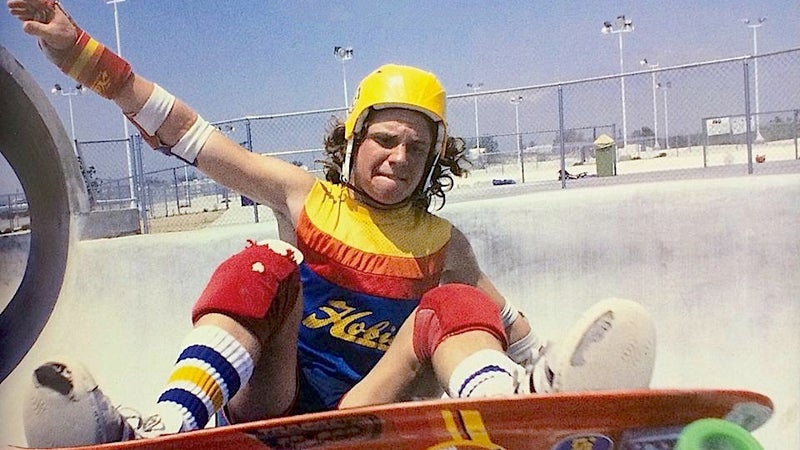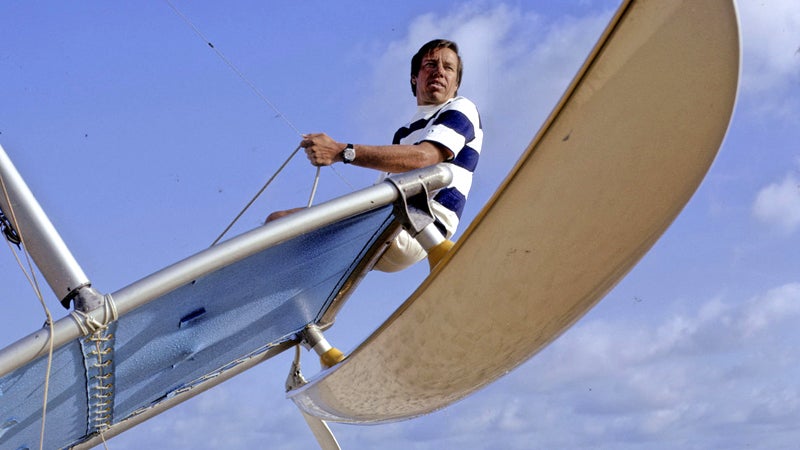“Hobart “Hobie” Alter, who passed away March 29, was one of the most influential figures in watersports’ history. His products—from the Hobie Cat to the foam surfboard—introduced a waterman’s lifestyle to the masses. But Hobie was less concerned about success than just having fun.
As a young man in Southern California, Hobie decided to make a living without having to wear hard-soled shoes. Known as a constant tinkerer, he experimented endlessly with materials, designs, and technique. One iconic photo shows Hobie, deep in concentration, sailing a surfboard with an umbrella.
While not all of his projects live on today, there’s little doubt of Hobie’s impact. He brought an engineer’s mind to the world of fun and made products that created a culture.
1. Hobie Cat
When it was released in the early 1960s, the tiny sailboat changed everything in the sailing world. No longer were the winds the sole domain of Southern California’s yacht owners. Anyone could drag the light and simple rigs down the beach and into the water. It wasn’t long before they were racing up and down the coast, launching and surfing waves.
Today, the Hobie 16 maintains its status as the most popular sailboat ever built. Dozens of official races take place around the world. This year’s Hobie 16 World Championships in Australia had a . The cats even made an last year. Hobie has expanded the design into multiple lengths and the newer sailing kayak line, .
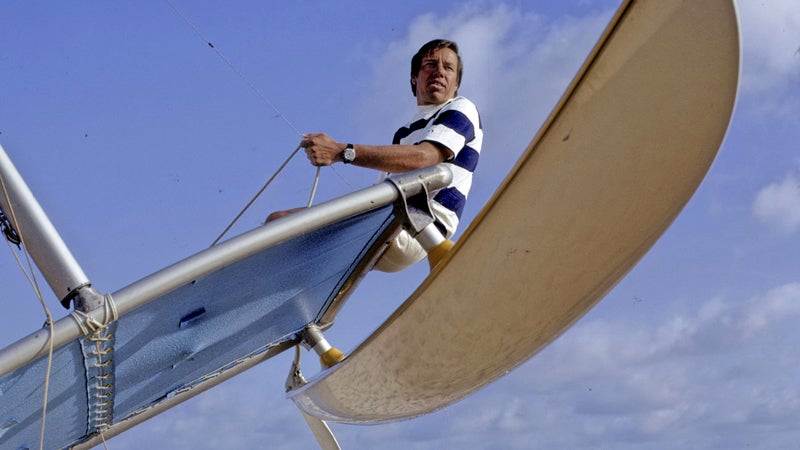
2. Hobie Surfboards
Hobart Alter began building balsawood boards in his dad’s garage. As his talent flourished, so did his customer base. He opened his first shop in Dana Point in 1952 and developed methods such as the shaping machine and a multiple-board press to accommodate demand.
Along with friend and partner Gordon Clark, Hobie created an empire around the new shaping material—polyurethane foam. His and continue to do so. Hobie shapes are still made by hand in Dana Point and are available in custom designs. The company has added stand-up paddle boards, skim boards, body boards, and hand planes to its repertoire.
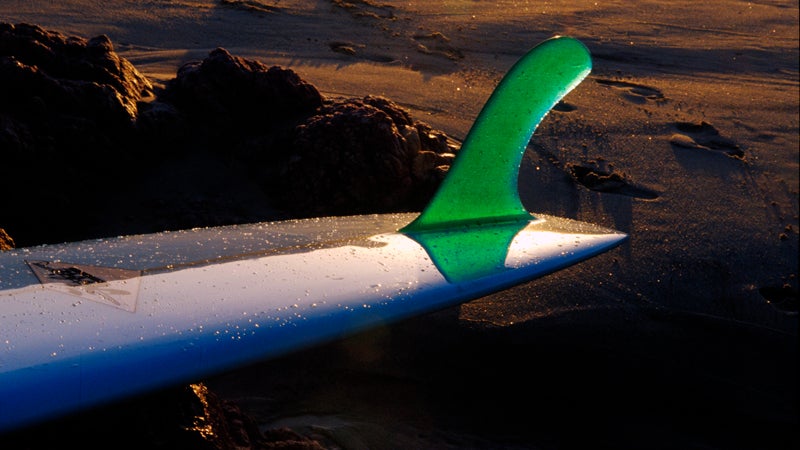
3. Hobie Float Cat
Hobie’s fly fishing invention represents more than his love affair with the sport. It shows he was not afraid to try new things. The plastic twin-hulled float was one of the earliest designs of float tubes. But it wasn’t exactly a winner.
“The Hobie Float Cat was the first time I saw the hard hull design. That was the big deal— hard plastic hulls,” said Victor Babbit, owner of California’s . “I thought they were heavy and cumbersome. But when you got it on flat water, it rowed really well.”
Though the company doesn’t make the Float Cat anymore, it likely acted as a precursor to their , which are enjoying major popularity right now.
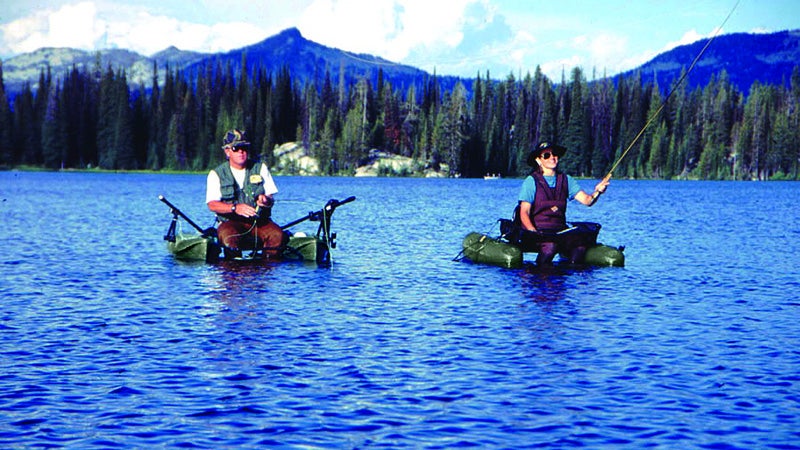
4. Hobie Hawk
You could almost say Hobie Alter anticipated today’s boom in unmanned aerial vehicles by 40 years. His 1974 glider model changed the radio-controlled flight path, bringing the technical hobby to the masses with a simple design, easy construction, and incredible performance. Hobie was especially proud of this product.��
“I feel like out of all my projects, the Hawk was one of the better things I did,” Alter told Greg Joder, owner of . “Each part was made from the proper materials. It was a quality product, and it was fun.”
The glider showed Hobie’s incredible technical engineering ability. It was easy to launch and easy to fly. Early promotional videos show first time flyers soaring the model in thermals above Southern California’s sea cliffs. Though they can be found on Ebay, the Hobie Hawk is no longer in production.
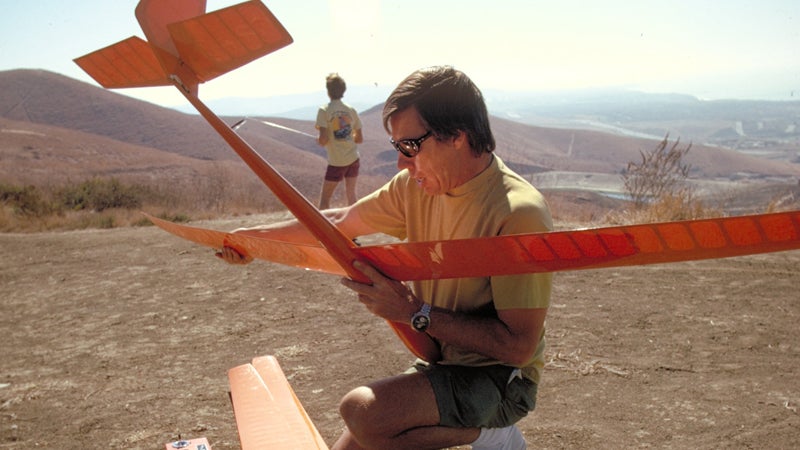
5. Hobie Skateboards
Southern California is well known as the birthplace of skateboarding. Though it would be a stretch to call Hobie Alter the father of modern skating, he was a major player in the early 1960s—well before the DogTown heyday.
“Hobie Alter designed a board that was just better than everybody else’s,” says Cris Dawson, who joined the Hobie skateboard team in 1966 and the famed Zephyr Team in 1975. “That’s why he took off in skateboarding. His products were just better.”
At that time, clay wheels were making their debut and replacing the slippery steel wheels. Boards were primarily made of solid wood blocks. Hobie’s Super Surfer was a laminated deck with hardwood stringers. Just like the Zephyr Team did in the 1970s, Hobie’s team dominated competitions throughout California in the 1960s. Today, Hobie skateboards are difficult to find. The early team riders keep in touch via a .��
